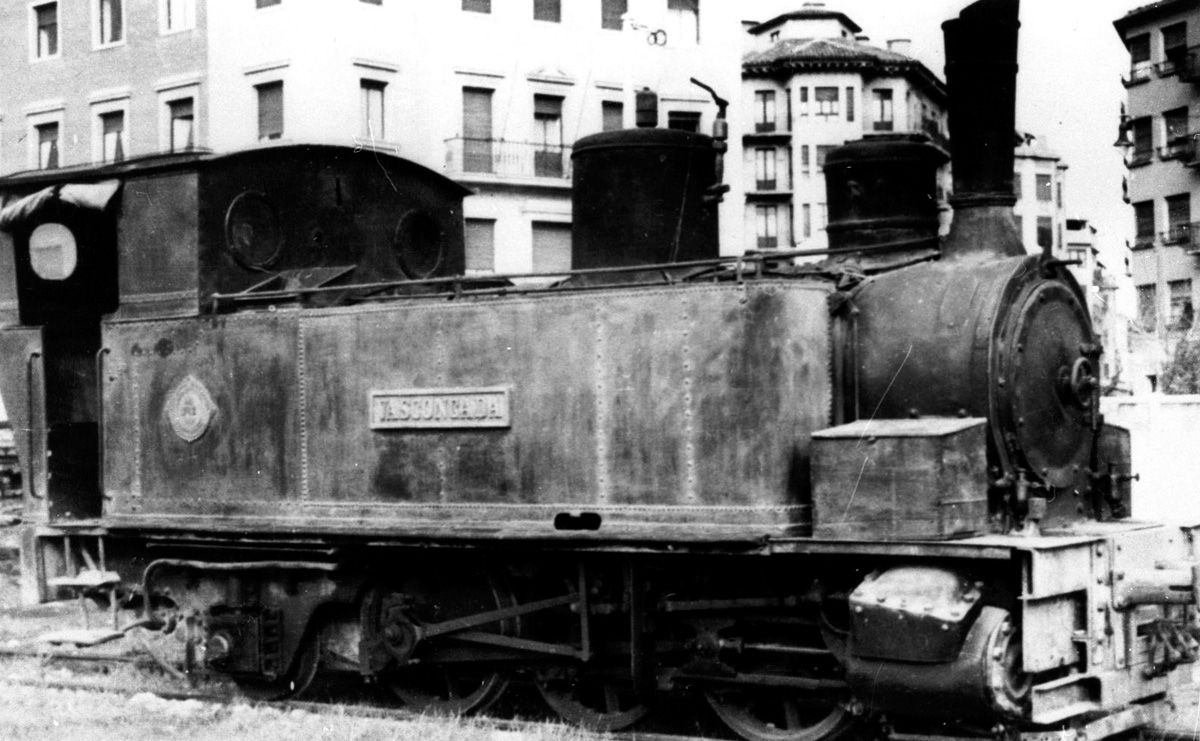Sierra de la Demanda Greenway Nature Trail
History of the Railway

(ARANGUREN CASTRO, JAVIER).
Mining on the southern slopes of the Sierra de la Demanda in Burgos has a long pedigree, with evidence of exploitation dating back to the 15th century. By the 19th century, iron mining was booming across Spain, and blast furnaces were built in Barbadillo de los Herreros.
The greatest challenge for this industry was transportation: iron had to be hauled to Burgos by ox-drawn carts. At the end of the 19th century, the English company The Sierra Limited Company purchased the mines and secured a concession to build a mining railway. Supported financially by the Burgos provincial council, construction began with 1,500 workers and was completed in 1902.
In exchange for public funding, the company was required to provide passenger services, so stations and halts had to be built along the line. In reality, however, no passenger trains ever ran. And although the tracks reached as far as Monterrubio, no train ever made it that far: operations were limited to Barbadillo de los Herreros, where the mines and furnaces —and the British company’s interests— were located. Apart form the mines at Barbadillo, along the route, additional loading facilities were installed to supply trains with iron from the nearby mountains, the remains of which can still be seen at the foot of the Maquillo pass. If truth be told, though, this railway is surrounded by mystery, shadowed by stories of corruption and questionable practices during its short-lived operation.
The discovery of richer iron deposits near Bilbao, combined with the company’s own financial difficulties, led to the closure of the mines and the railway in 1910. A new company, Ferrocarril y Minas de Burgos, was founded in 1920 to revive the line. Despite repeated attempts, however, trains never ran again, and the tracks were dismantled in 1947. The railway’s last and happier chapter came decades later: alongside the discovery of the famous Hombre de Atapuerca in the 1980s, the trackbed was restored as a Greenway in the winter of 2003 by the Ministry of the Environment.

